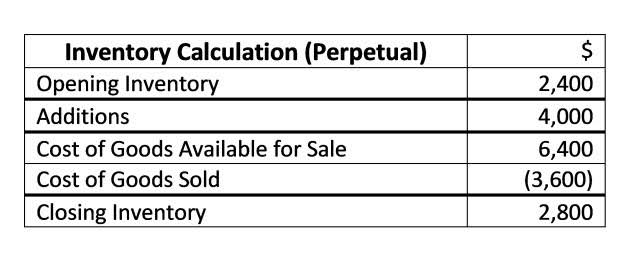
When company Charge Interest on Drawing – Interest on Drawings will be charged from the partners if the partnership agreement provides for the same. If partnership deed is silent about charging interest on drawings, No interest on Drawings will charge. The Final Accounts of a Partnership Firm is prepared in same manner in which Final Accounts of sole proprietors is prepared. Because in case of Partnership two or more partners are involve so the Net Profit of the Firm is distributed by Partners in their agreed Ratio. The account which shows the distribution of Profits or loss among the Partners is called “Profit and Loss Appropriation A/c”.
- The Final Accounts of a Partnership Firm is prepared in same manner in which Final Accounts of sole proprietors is prepared.
- A successful partnership can increase the chances that a business will launch successfully by allowing partners to pool their resources and abilities.
- This is because corporate profits are taxed, as are the dividends paid to owners or shareholders.
- Allocation details such as profits and losses are also covered in this type of accounting.
- A new partner may be admitted by agreement among the existing partners.
Do Partnerships Pay Taxes?

Partnership accounting assesses the financial activity of every partner in a company. In addition to that this bookkeeping activity deals with the investor accounts of each partner. Along with this, partnership accounting also calculates performance and management fees as well. A final point in this context is that, if the total of the appropriations is greater than the profit for the year, the amount to be shared between the partners will be a loss.
Contribution of Funds
Under section 2(3) of the Income-tax Act, 1961 a partnership firm is a Separate person. Partners do need to report their share of the partnership’s income or loss on their personal tax returns. The distribution of funds may be applied directly to a partner’s capital account or temporarily recorded in a “drawing account” until those funds are transferred to the capital account. There are three different methods used when conducting accounting for partnerships. When new entities are added to a partnership or when previous partners leave, the methods will be used to evaluate each individual’s contributions to and stake in the company. A partnership https://www.facebook.com/BooksTimeInc/ differs from a sole proprietor in that a partnership is a collection of multiple sole proprietors.

Partnership Accounting: Key Aspects and Financial Reporting
- Partners must disclose to other partners any facts and other information they have about risks and consequences that concern or may concern the well-being of the business.
- A partner has unlimited personal liability for any and all debts and obligations of the company.
- These distributions should be in accord with the allocation of profits detailed in the partnership agreement.
- This clause also outlines the procedures for additional capital contributions, if needed, and the consequences of failing to meet these obligations.
- At least one partner must be a general partner, with full personal liability for the partnership’s debts.
This phase involves notifying all stakeholders, including employees, creditors, and clients, about the impending closure. Proper communication is crucial to ensure a smooth transition and to maintain professional relationships. Some of the most complex corporate organizations are partnership companies. You can streamline these tasks and perform them faster using software such as FreshBooks. From legal point of view https://www.bookstime.com/ a partnership firm has no separate legal entity apart from the partners constituting it but from accounting point of view, Partnership is a separate business entity.

If non-cash assets are sold for more than their book value, a gain on the sale is recognized. The gain is allocated to the partners’ capital accounts according to the partnership agreement. On the date of death, the accounts are closed and the net income for the year to date is allocated to the partners’ capital accounts. Most agreements call for an audit and revaluation of the assets at this time. The balance of the deceased partner’s capital account is then transferred to a liability account with the deceased’s estate.

Joint Liability
But you may be surprised to learn that some non-publicly traded partnerships in the United States can use IFRS, or a simpler form of IFRS known as IFRS for Small and Medium Sized Entities (SMEs). In 2008, the AICPA designated IFRS and IFRS for SMEs as acceptable what is partnership accounting sets of generally accepted accounting principles. However, it is up to each State Board of Accountancy to determine whether that state will allow the use of IFRS or IFRS for SMEs by non-public entities incorporated in that state. The landscaping partnership is going well and has realizedincreases in the number of jobs performed as well as in thepartnership’s earnings. At the end of the year, the partners meetto review the income and expenses.
Accounting for initial investments
Amount of compensation is added to the capital account of the partner. The partnership agreement may specify that partners should be compensated for services they provide to the partnership and for capital invested by partners. Salary or Commission to a partner will be allowed if the partnership agreement is said. Accounting Treatment – Interest on drawings is profit or gain to the Firm and credited to the Profit& Loss Appropriation Account. On the other hand, interest on drawings is a loss to the partner and debits to his Current/Capitals Account. For example, law firms, medical practices, and architectural firms often organize themselves as general partnerships.
